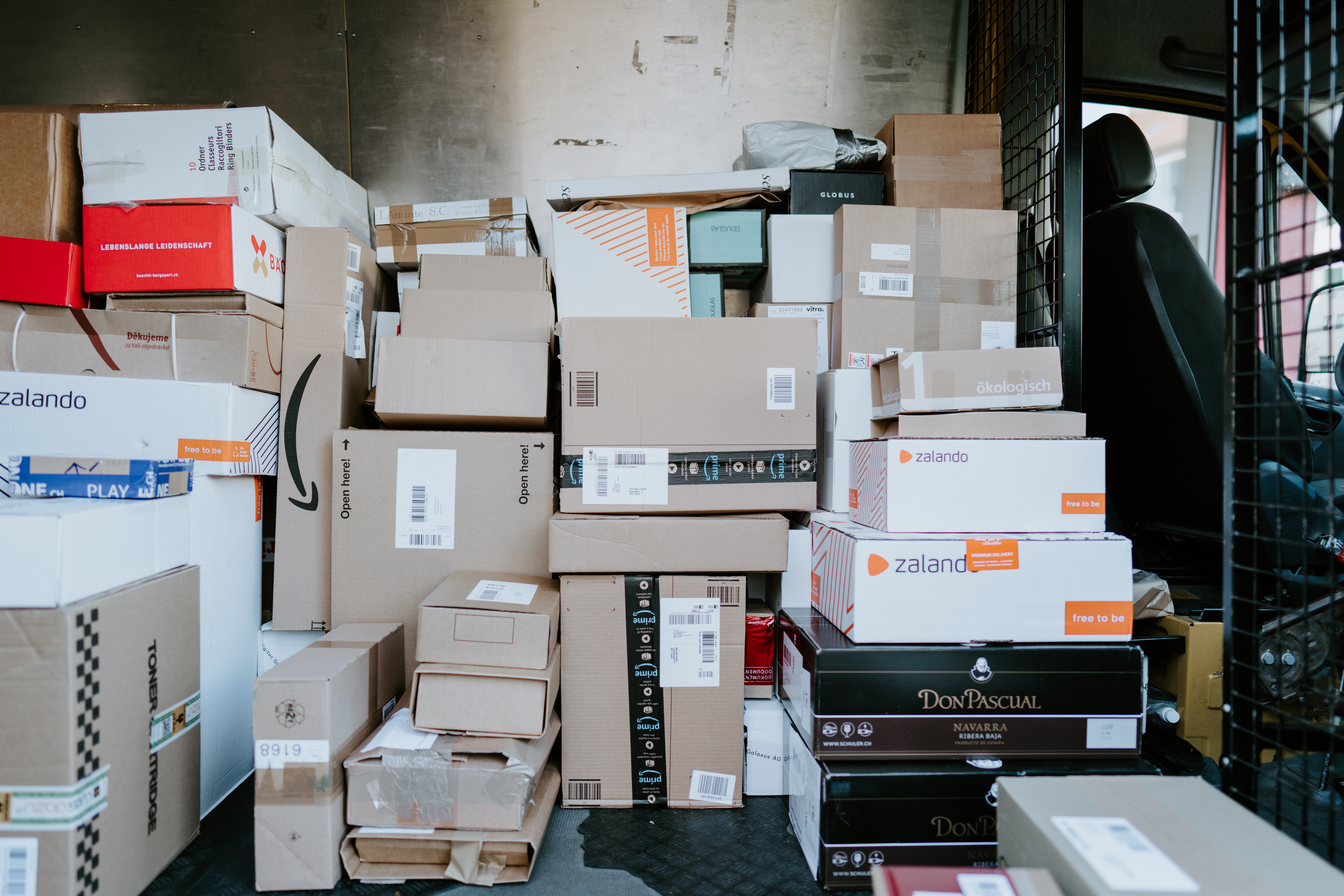As a retailer, you are consistently working to improve your business, for both you and your customers. But you're not a mind-reader, and it's impossible to anticipate business outcomes from customer returns, right? Not so! It's absolutely possible to gain incredible insight for your business from your customers. They're sending all kinds of signals!
Returns are signals that your customers are sending to you. Your customers are providing you with lots of information about your business, which can be discovered through your returns system. You simply need to know how to interpret the data.
Even though this insight comes from your returns data, the benefit to your business extends beyond the mere returns process. Returns data provides signals for many aspects of your business, such as product assortment, quality, packing, shipping and supply chain efficiency, customer experience, and of course — returns issues.
Interpreting these signals is key, and will unlock tremendous potential for your business.
PRODUCT ASSORTMENT, QUALITY, & PACKAGING
A major signal that your customers are sending you through returns, has to do with product assortment, quality, and packaging.
A customer may return an item because it isn't what they expected, which could indicate an issue with the retailer's product assortment. A limited or poorly arranged product assortment could lead to a shopper making an ill-informed purchase, and receiving something other than what they intended on buying. Analyzing your returns data can inform you about the variety and organization of your inventory, so that you can make improvements where needed.
As for the product itself, your returns data will tell you a lot about the level of quality you're providing your customer. It goes without saying that, if you're receiving an abundance of returns for a specific item, then there may be a problem with the quality of this particular item.
Quality involves more than just the product, though, and extends to the product packaging, as well. Without proper packaging, a customer's order is more likely to be damaged, misdelivered, or otherwise mismanaged. If you find in your returns data that a portion of your unwanted returns are occurring due to low-quality or damaged products, then you may want to address the quality of your packaging.

PICK & PACK ACCURACY
Speaking of packaging, another signal coming from customer returns points to the accuracy of a retailer's pick and pack system.
Pick and pack is a popular system used by e-commerce retailers, especially for delivering small orders. This system consists of selecting customers' orders and directly placing them into the shipping box. The pick and pack system makes for faster packing, and eliminates the need to repack for shipping.
As such, a retailer's returns data provides insight to the accuracy of this system. If analysis of returns data points to an issue or delay within the system, then you might want to rethink the way your business approaches the product-packing system.

SHIPPING & SUPPLY CHAIN EFFICIENCY
The returns data can also tell a retailer a lot about their shipping process and supply chain efficiency. The returns data points to issues in the flow of delivery, including any problems that lead to late orders — which lead to more returns.
In fact, our research indicates that once an order is late by a few days, return rates increase by as much as 40%.
So, the longer a customer has to wait for their product, the more likely they are to return it after it arrives. In analyzing your returns, you may uncover a need for improving your system of shipment.
This return signal also provides insight to the efficiency of your supply chain. Where is the lag in delivery actually occurring? Perhaps the supplier of your product is experiencing delays between preparing the product and getting it out for delivery. So, even if the shipping is quick and efficient, that won't matter much to the customer if too much time has passed before the product leaves the supplier in the first place.
So, you need to know where any delays for your customers are occurring — in supplying the product, packing the product, or shipping the product. Discerning between certain issues empowers you to take action and change your business outcomes.

CUSTOMER EXPERIENCE
Your returns data also provides a major signal about your customer's overall retail experience. By analyzing your returns, you're able to discern between the various shopping experiences your customer is having — both positive and negative.
Since nearly a third of repeat customers would abandon a retailer after one bad returns ordeal, the retailer's returns data provides insight to the quality of their returns process and therefore, insight to the overall customer experience.
If the data shows that a usually loyal customer has stopped making purchases, then perhaps they had a bad returns experience. On the other hand, the data may reveal a significant amount of one-time-only customers, who abandon a retailer after one returns experience. These signals might indicate an issue with customer retention, and priority should be given to improving customer experience and repeat business.

FRAUDULENT RETURNS
Despite your best efforts, unwanted, fraudulent returns do occur — especially during the winter holiday season. In fact, out of the estimated 10% of all holiday sales that will be returned to retailers, it's expected that 9% of these returns will be fraudulent.
Fraudulent returns occur when stolen merchandise is returned, a fake or stolen tender is used to return merchandise, or when an item is returned by a customer who never intended to keep it — even though they may have used the item. Unfortunately, this last type of fraudulent return is especially common during the holidays, as research suggests that nearly a quarter of holiday shoppers will buy items specifically to return later.
The good news is that analyzing your company's returns will help indicate if, and to what degree, these types of fraudulent returns are occurring. With the ability to discern between your unwanted return types, and knowing which of them are fraudulent, you can work to minimize or prevent such returns.
USE THESE SIGNALS TO YOUR ADVANTAGE
Interpreting customer signals provides incredible insight to your business. While these signals may come from the returns data, the helpful information isn't limited to improving the returns process alone. Customers are leaving signals that point to a retailer's provided shopping experience, product quality, flow of delivery, potential for fraud, and so much more.
We at Returnalyze encourage you to use these signals to your advantage. You have the power to use your returns to positively improve your business outcomes.





